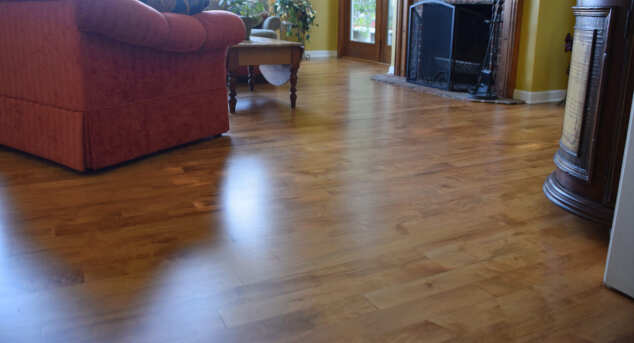4 Types of Hardwood Floor Grades – What They Are and How to Choose One
Posted by Aaron Schaalma

Posted by Aaron Schaalma

Learn how meticulous sanding, cleaning, and final coat prep create a flawless wood floor finish that lasts for years.
Posted
By Aaron Schaalma

Hardwood floor color made easy: match tone to your light, undertones, grain, plank width, sheen, stain tests, and upkeep for lasting style.
Posted
By Aaron Schaalma

Identify if your wood floors have polyurethane using visual clues and easy home tests, then learn oil vs water poly care steps.
Posted
By Aaron Schaalma